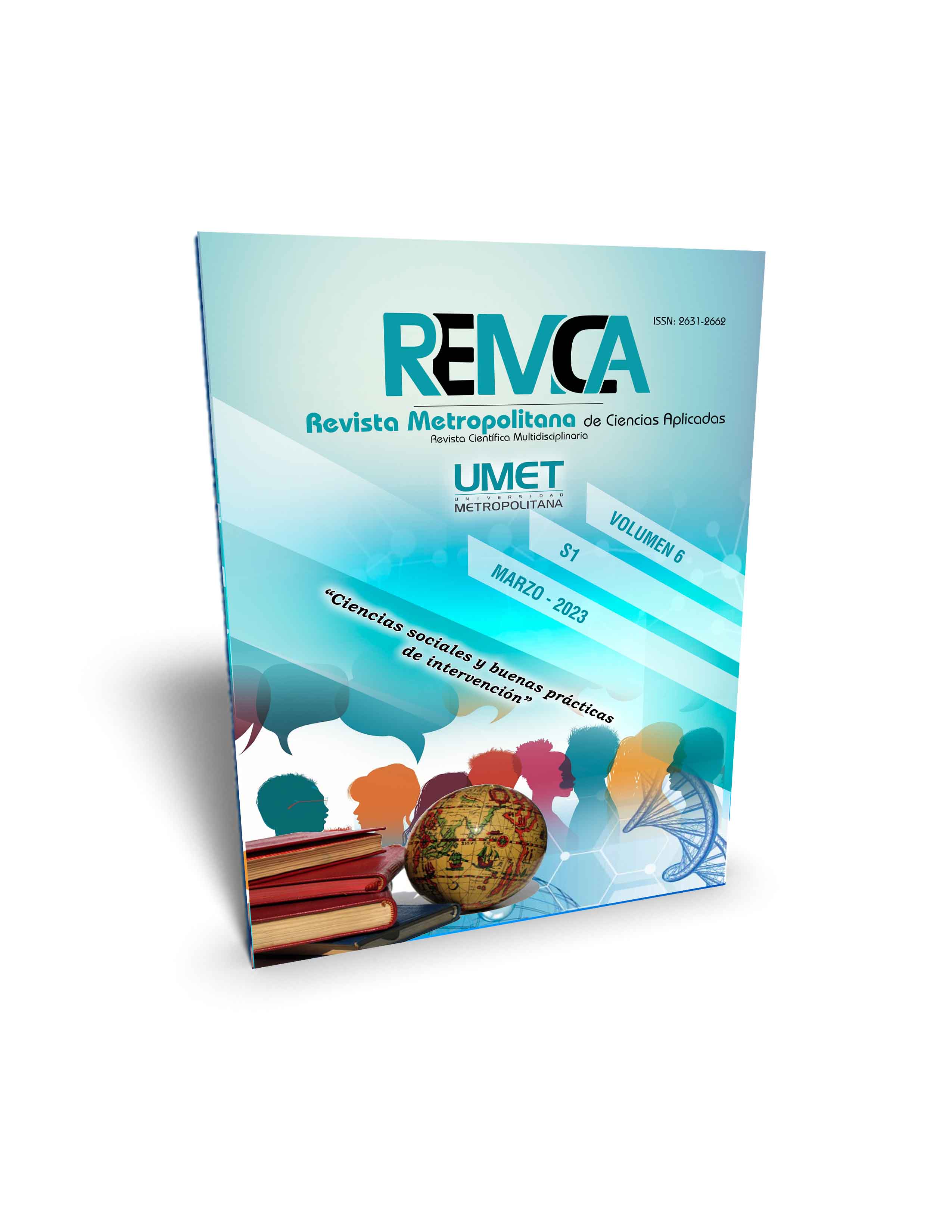The importance of the evaluation of the evidence in the executive judgment
DOI:
https://doi.org/10.62452/f9me8p41Keywords:
Executive title, executive process, evidence, evidentiary instrument, characteristicsAbstract
This article is developed under a qualitative research approach and aims to analyze through the principles and characteristics of the executive title as evidence, within the executive process, the characteristics for its effectiveness and efficiency as a procedural evidence instrument. Although the Organic Code of the General Processes completely modified the Ecuadorian procedural system, giving it speed. Being able to determine the effective importance, which arises from that distinction both of the executive title as procedural evidence, as well as, of the treatment in its own executive way, the same that must be taken into account by the procedural parties involved (from their point of view) for the execution efficiency of the respective obligation.
Downloads
References
Alsina, H. (1965). Tratado teorico práctico de derecho procesal civil y comercial. Comercial, Industrial y Financiera.
Bahamonde, V. (2018). El procedimiento ejecutivo en el Código Orgánico General de Procesos. Universidad Andina Simón Bolívar.
Cabanellas, G. (2001). Diccionario enciclopédico del derecho usual. Editorial Heliasta SRL.
Cornejo, J. (2016). El procedimiento ejecutivo en el COGEP. O https://derechoecuador.com/el-procedimiento-ejecutivo-en-el-cogep/
Ecuador. Asamblea Nacional. (2015). Código Orgánico General de Procesos. Registro Oficial Suplemento 506. https://www.emov.gob.ec/sites/default/files/transparencia_2018/a2.4.pdf
Ecuador. Corte Nacional de Justicia. (2010). Juicio No. 346-2010. https://www.cortenacional.gob.ec/cnj/images/pdf/sentencias/laboral/ej2012/R544-2012-J346-2010.pdf
Ecuador. Corte Nacional de Justicia. (2011). Juicio 237-2011. https://www.cortenacional.gob.ec/cnj/images/pdf/sentencias/laboral/2014/R0521-2014-J237-2011.pdf
Ecuador. Corte Suprema de Justicia. (2004). Sentencia emitida dentro juicio ejecutivo por dinero No. 309-2003. propuesto por José Vicuña en contra de Carlos Bucheli, resolución 140-2008. CSJ.
Guasp, J. (2005). Derecho procesal civil. Editorial Civitas.
Quezada Palomeque, P. M. (2018). Las providencias preventivas en el COGEP. análisis y crítica en base a derecho comparado. Universidad del Azuay .
Tama, M. (2017). Sinopsis gráfica de ciertos asuntos del COGEP. Murillo Editores.
Downloads
Published
Issue
Section
License
Copyright (c) 2023 Estefanía Gabriela Vázquez-Ruilova, Alfredo Fabián Carrillo (Autor/a)

This work is licensed under a Creative Commons Attribution-NonCommercial-ShareAlike 4.0 International License.
Authors who publish in Revista Metropolitana de Ciencias Aplicadas (REMCA), agree to the following terms:
1. Copyright
Authors retain unrestricted copyright to their work. Authors grant the journal the right of first publication. To this end, they assign the journal non-exclusive exploitation rights (reproduction, distribution, public communication, and transformation). Authors may enter into additional agreements for the non-exclusive distribution of the version of the work published in the journal, provided that acknowledgment of its initial publication in this journal is given.
© The authors.
2. License
The articles are published in the journal under the Creative Commons Attribution-NonCommercial-ShareAlike 4.0 International License (CC BY-NC-SA 4.0). The terms can be found at: https://creativecommons.org/licenses/by-nc-sa/4.0/deed.en
This license allows:
- Sharing: Copying and redistributing the material in any medium or format.
- Adapting: Remixing, transforming, and building upon the material.
Under the following terms:
- Attribution: You must give appropriate credit, provide a link to the license, and indicate if any changes were made. You may do this in any reasonable manner, but not in any way that suggests the licensor endorses or sponsors your use.
- NonCommercial: You may not use the material for commercial purposes.
- ShareAlike: If you remix, transform, or build upon the material, you must distribute your creation under the same license as the original work.
There are no additional restrictions. You may not apply legal terms or technological measures that legally restrict others from doing anything the license permits.




